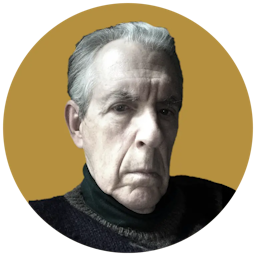Biographies: Cramped by Internment in England, Saved by Art
A welcome and overdue biography of an artist coping with the vicissitudes of war.

‘War and Peace in the Worlds of Rudolf H. Sauter’
By Jeffrey S. Reznick
Anthem Press, 2022, 226 pages
Please check your email.
A verification code has been sent to
Didn't get a code? Click to resend.
To continue reading, please select:
Enter your email to read for FREE
Get 1 FREE article
Join the Sun for a PENNY A DAY
$0.01/day for 60 days
Cancel anytime
100% ad free experience
Unlimited article and commenting access
Full annual dues ($120) billed after 60 days

